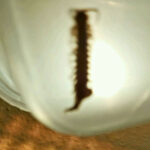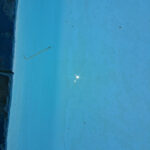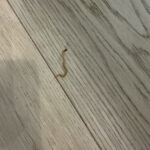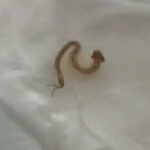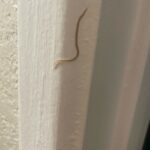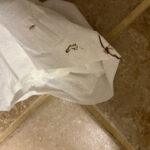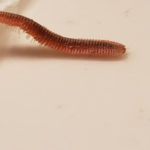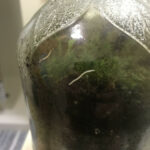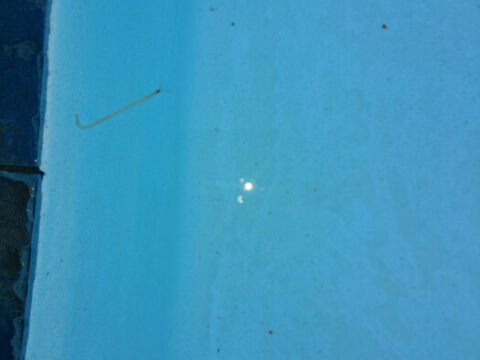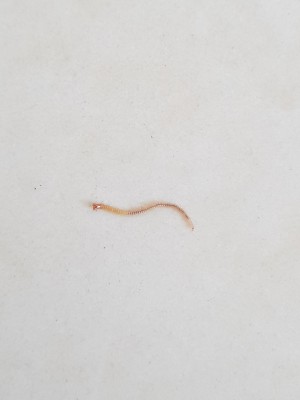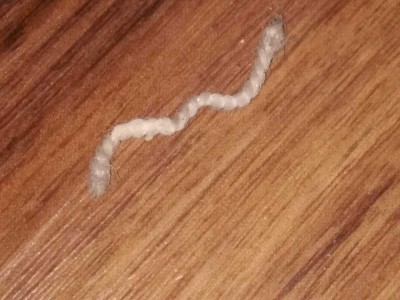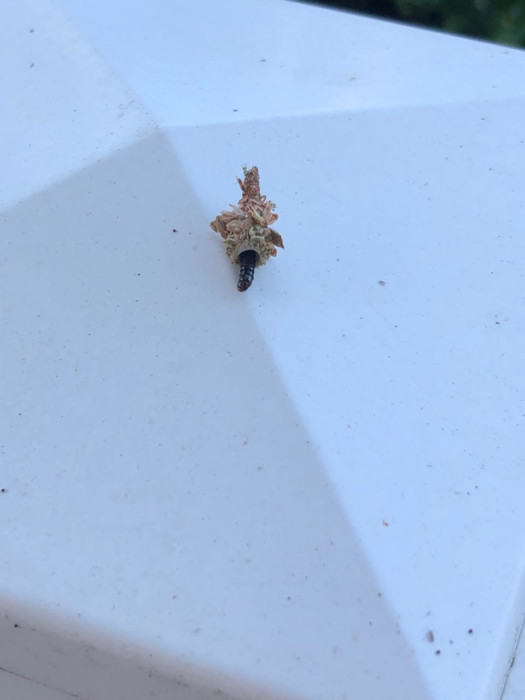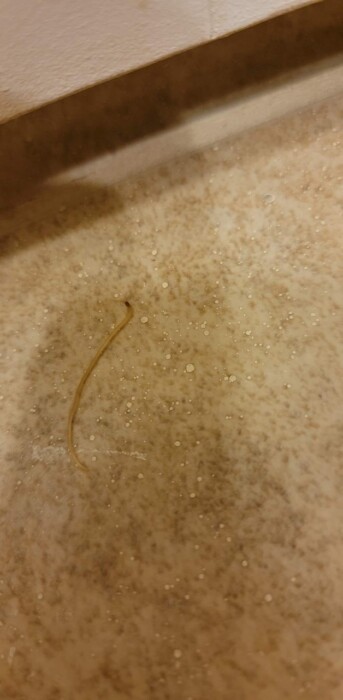
“I found this worm in our bathroom,” writes Christina from Texas. She refers to the long, yellow creature pictured below, of which she also sends an excellent video of it slithering around. “It has no legs but it does have two antennae. It’s flipping and slithering like a parasite. Please help. What is it? Thank you.” From the photo and the video, we would say that this organism best resembles a centipede. Centipedes are infamous for their many pairs of legs which sprout from the sides of their bodies, which make a lot of people fearful of them. Because of these many legs, all of which move in unison, they can appear to be slithering over surfaces, especially when their legs are as thin as this one’s, making the legs hard to see with the naked eye.
Alternatively, it could be a millipede, a close relative of the centipede. This creature’s legs are even harder to spot, as one of its key differences from a centipede is that a millipede’s legs grow from underneath its body, so people often describe them as gliding across surfaces. However, given this critter’s coloration, and the long antennae (which are more characteristic of the centipede), we would say that this is a centipede. These creatures may look scary, but centipedes as small as this one are nothing to be feared. The most they can do is pinch you with their pincer-like appendages which could cause some mild pain and/or irritation, but they cannot do real harm to humans or pets, and they are definitely not parasites. The real threat they pose is to their prey. Centipedes are predators, and they hunt mites, mosquitoes, moths and other tiny insects. In fact, some people do not mind finding a centipede in their home, much like some people leave spiders to roam their home, as they do get rid of all the other insects that would otherwise be roaming the home.
Of course, keeping centipedes as free-roaming pets is not for everyone, so we would understand that Christina may not want this creature running about. That said, centipedes are very hard to catch, as their multitude of legs make them extremely fast. Naturally, we do not recommend killing them only for this reason, so we still suggest that Christina let it outside, which should not be too hard considering she already managed to catch it for long enough to take a photo! Since centipedes hunt so many other insects, they play an important role in the ecosystem, as they help curb populations of other insect species.
To conclude, we think that the long, yellow creature Christina found in her bathroom is a centipede. It most likely got in to the home through an open door or window, or was accidentally carried in on someone’s shoes or clothes. It is nothing to be feared, and we do not recommend killing it. We hope this helps, and we wish Christina the very best!
All About Worms is always free, always reader-supported. Your tips via CashApp, Venmo, or Paypal are appreciated! Receipts will come from ISIPP Publishing.
You might also find these guys interesting!




